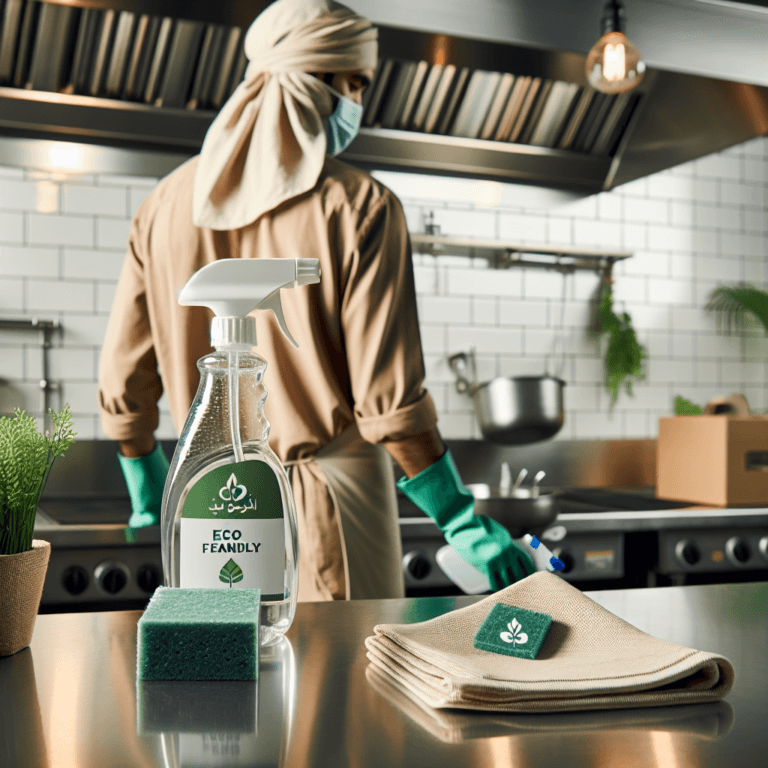Global Hood Cleaning Tips for Diverse Restaurant Cuisines
Introduction
Welcome to a fascinating journey into the world of hood cleaning across cultures. Maintaining a pristine kitchen hood isn’t just a reflection of a restaurant’s cleanliness; it ensures safety and compliance with local regulations. Different cuisines, from spicy Szechuan to smoky Texas barbecue, have unique challenges and considerations. This global guide will delve into the specifics of restaurant hood cleaning for various cultural cuisines, offering tips and insights that can benefit commercial kitchens everywhere.
Asian Cuisines: The Challenge of Grease and Smoke
Chinese Restaurants
Chinese cuisine, known for its rich flavors and frequent use of stir-frying, generates significant amounts of grease and smoke. The high temperatures used in woks can produce stubborn residues that accumulate quickly. For effective commercial kitchen hood cleaning in Chinese restaurants, routine deep cleaning is crucial. Professional cleaners like New York Hood Pro understand the importance of using powerful degreasers to break down thick layers of grease.
Indian Restaurants
Indian cuisine, with its aromatic spices and extensive use of frying, poses its own set of challenges. The tandoor oven, a staple in many Indian kitchens, emits a considerable amount of smoke and soot. The spices can also leave residues that cling to surfaces. Regular exhaust hood cleaning using specialized equipment ensures that these elements do not compromise air quality or safety standards.
European Cuisines: A Mix of Oils and Techniques
Italian Restaurants
Italian cuisine is characterized by its generous use of olive oil and high heat methods like baking pizzas in wood-fired ovens. While olive oil is less greasy than other fats, it can still build up over time, especially in busy kitchens. Hiring professionals for hood cleaning in Italian restaurants helps remove fine oil particles that standard cleaning might miss.
French Restaurants
French cuisine ranges from buttery pastries to rich sauces, each contributing its own type of residue to the kitchen hood. Pastry ovens can emit fine flour dust while making croissants, whereas saucepans can release droplets of butter and cream. A comprehensive restaurant hood cleaning regimen becomes essential to maintain the delicate balance of flavors and ensure a spotless environment.
North American Cuisines: Smoke and Spice
Barbecue Joints
American barbecue restaurants are famous for their smoked meats and fiery sauces. The smoking process releases large quantities of grease and soot into the air, making commercial kitchen hood cleaning a necessity rather than a luxury. Regular cleaning prevents the buildup of flammable grease, reducing the risk of fire.
Mexican Restaurants
Mexican cuisine boasts an array of fried foods, from crispy tacos to churros. The fryers and grills used in Mexican kitchens produce grease that can quickly coat the surfaces of the kitchen hood. Specialized exhaust hood cleaning techniques, including steam cleaning, can effectively remove these greasy layers, ensuring the kitchen operates safely and efficiently.
Middle Eastern Cuisines: Complexity Adds Flavor
Lebanese Restaurants
Lebanese cuisine is known for its grilled meats and hearty stews. The grills produce a blend of grease and smoke that can quickly accumulate in the kitchen hood. Regular restaurant hood cleaning helps mitigate odors and maintains air quality, ensuring that the kitchen remains a pleasant environment for chefs and staff.
Turkish Restaurants
Turkish cuisine, with its use of charcoal grills and deep-frying, produces a combination of smoke, grease, and residues from spices. The intricate flavors require a clean hood to prevent cross-contamination of smells and tastes. Professional hood cleaners like New York Hood Pro can employ specific degreasing agents to tackle these unique challenges effectively.
South American Cuisines: A Blend of Fire and Flavor
Brazilian Churrascarias
Brazilian steakhouses or churrascarias are renowned for their all-you-can-eat meat skewers cooked over open flames. The open flame cooking method produces a significant amount of smoke and grease, necessitating frequent commercial kitchen hood cleaning. The use of powerful suction hoods combined with regular deep cleaning can keep these kitchens running smoothly.
Argentinian Asados
Asado, a traditional Argentinian barbecue, involves slow-cooking meats over wood or charcoal. This method exudes rich, smoky flavors but also results in hefty grease and soot deposits. Consistent hood cleaning is essential to maintain safety standards and to prevent the distinctive smoke scents from lingering and affecting other dishes.
Conclusion
In conclusion, hood cleaning is an indispensable aspect of maintaining any restaurant’s hygiene and safety. Each cuisine presents unique challenges, from greasy woks in Chinese kitchens to smoky grills in barbecue joints. Understanding these nuances ensures that commercial kitchens stay compliant with health standards, and more importantly, safe for staff and patrons. For those in New York looking for reliable services, New York Hood Pro is the go-to solution for all restaurant hood cleaning requirements, offering specialized services tailored to diverse culinary needs.







